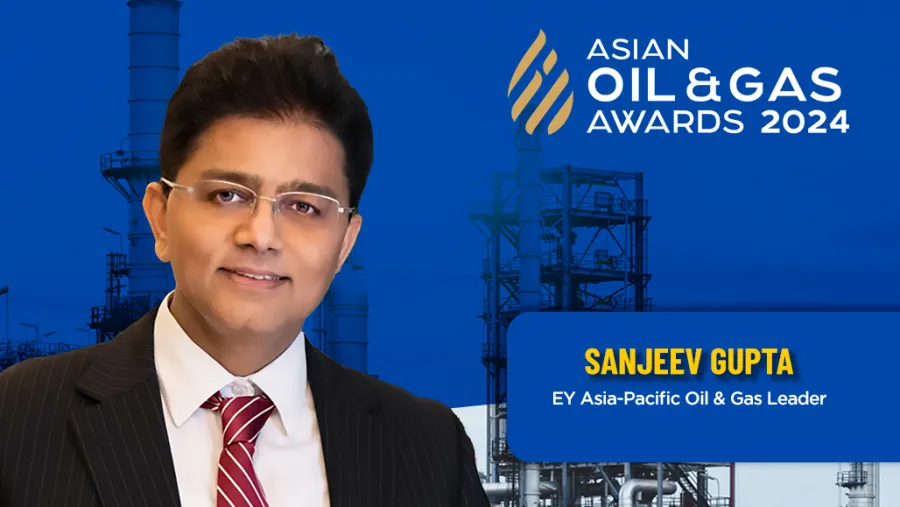
EY Asia-Pacific Oil & Gas Leader Sanjeev Gupta: Businesses should align company direction with sustainability objectives
This advice comes amidst the industry navigating the transition to sustainable energy sources.
Based in Singapore, Sanjeev leads EY’s Oil and Gas services for Asia Pacific. With vast professional experience, he has extensive knowledge of diverse markets across Asia Pacific, Europe, the Middle East, and the Americas.
In his role, he focusses on servicing and helping companies in the oil and gas sector with their energy transition, decarbonisation, digitalisation, and transformation journey.
Sanjeev possesses an in-depth knowledge of the energy sector, including a deep understanding of the upstream and downstream segments, particularly the production sharing contracts and broader relevant fiscal regimes in multiple jurisdictions.
As an experienced professional in the industry, the EY Partner offers his insights and expertise as a judge for this year’s edition of the Asian Oil and Gas Awards. He shares points on how oil and gas companies in Asia can effectively navigate the energy transition, the role of digital technologies in transforming the industry, sustainability practices being conducted in the region, and the varying effects of the complexity of regulatory frameworks in different countries.
How do you see the role of leadership evolving within oil and gas companies in Asia to navigate the energy transition effectively? What key traits or strategies are essential for leaders in this dynamic environment?
The role of leadership in oil and gas companies is evolving significantly as companies navigate the transition to sustainable energy sources. Specifically in Asia, executives need to prioritise visionary leadership, innovation, and sustainability to drive meaningful change and position their companies as leaders in the transition to a clean energy future.
In this regard, leaders should set a clear vision for their company's role in enabling the transition. This involves setting ambitious goals to reduce carbon emissions, increasing investments in renewable energy technologies and aligning the company’s strategic direction with broader sustainability objectives.
Further, with rising market demand for cleaner fuel alternatives, leaders need to drive efficiency and sustainable practices through innovation and the adoption of new technologies, such as innovative extraction techniques.
By integrating corporate social responsibility principles into their business strategies, leaders can demonstrate a genuine commitment to environmental stewardship, which enhances their company’s ability to navigate the energy transition.
How are digital technologies transforming the oil and gas sector in Asia?
Digital technologies are revolutionising Asia’s oil and gas sector by enhancing operations, decision-making, and sustainability efforts.
In operations, oil and gas companies are utilising big data and data analytics to optimise production processes and enhance exploration and drilling efficiency. For example, the use of predictive analytics algorithms can help in the preemptive maintenance of critical equipment, reducing downtime and operational costs.
In decision-making, companies are increasingly utilising machine-learning, smart sensors and artificial intelligence (AI)-driven analytics for real-time monitoring and enhancement. By analysing vast amounts of data collected from various sensors and equipment, oil and gas companies can gain deeper insights into their operational performance. Such insights can support better decision-making in areas like predictive maintenance, production planning, resource allocation, operational enhancements and investment strategies.
For sustainability, digital technologies can help oil and gas companies to comply with sustainability requirements by monitoring and reporting their environmental impacts and ensuring compliance with stringent regulatory requirements. This enhances corporate sustainability and reduces operational risks associated with non-compliance.
As companies aim to meet sustainability goals, what innovative practices or technologies do you see emerging in the Asian oil and gas sector that are particularly promising for reducing carbon emissions and promoting environmental stewardship?
Across Asia, significant progress is being made toward sustainability goals, particularly in Singapore, China, and Malaysia. These nations are balancing rapid economic growth with a strong commitment to sustainable development.
In Singapore, the country is actively transitioning toward renewable energy and exploring the potential of ammonia as part of its sustainable energy strategy. By 2030, the green ammonia market in Singapore is projected to grow from US$0.12m to over US$34m, highlighting its strategic importance in the region.
China, which is a global leader in hydrogen production, is making a significant push toward clean hydrogen to meet its climate targets. Currently, most hydrogen production in China is derived from fossil fuels, but the country is shifting toward renewable-based hydrogen, which could reduce its carbon emissions by millions of tons annually by next year.
Importantly, oil and gas players across Asia are focusing on environmental, social, governance (ESG) reporting, emphasising transparency and accountability in their environmental impacts and energy consumption. These efforts not only enhance the companies’ operational efficiency, but also align with the global sustainability push. Innovative practices like carbon capture, utilisation, and storage (CCUS) are increasingly being used to mitigate greenhouse gas emissions. At the same time, the adoption of renewable energy sources such as solar and wind power is accelerating, lowering oil and gas companies’ carbon footprints and integrating sustainable practices into their operations.
How do varying regulatory frameworks across different Asian countries impact the strategic decisions of oil and gas companies? Can you share insights on how companies can effectively navigate these challenges?
As regulatory frameworks vary widely across Asian countries, companies need to take proactive steps to manage these complexities. This includes engagement with regulators and stakeholders, conducting thorough risk assessments, maintaining agility in their strategic approach and investing in expertise to ensure compliance. By adopting these measures, companies can reduce regulatory risks, uphold compliance standards and seize opportunities that enable sustainable growth across diverse Asian markets.
Whilst some Asian countries draw inspiration from the European Union (EU)’s comprehensive framework, others innovate with localised solutions that cater to their specific contexts.
Countries like Japan, China, Singapore are increasingly aligning with the EU's model of sustainability, prioritising stringent environmental regulations, ambitious climate targets, and robust investments in renewable energy and green technologies. They see sustainability not just as a regulatory requirement but as a catalyst for economic growth and global competitiveness. By adopting EU-inspired policies, these countries aim to mitigate climate change impacts, enhance energy efficiency, and promote green innovation across industries.
Other Asian nations recognise the urgency of environmental stewardship but navigate toward sustainability through tailored strategies that consider their unique economic landscapes, resource endowments, and societal needs. They prioritise sustainable development that balances economic growth with environmental protection, fostering resilience and inclusive prosperity within their communities.
Both approaches exemplify Asia's diverse and evolving journey towards sustainability. Ultimately, these efforts underscore Asia's commitment to addressing global environmental challenges whilst fostering sustainable growth and resilience.
What strategies have you found most effective in building resilience within companies to withstand global challenges and maintain long-term viability?
Diversification is key to helping companies manage risks and maximise growth potential. By diversifying across markets and geographic regions, companies reduce their dependence on any single factor, thus enhancing their resilience against market fluctuations and geopolitical risks.
Additionally, leveraging innovation and adopting new technologies plays a pivotal role in enhancing companies’ decision-making capabilities and their ability to seize emerging opportunities. Companies that embrace technological advancements can streamline operations, improve efficiency and stay ahead of industry trends.
Moreover, fostering a culture of agility and adaptability is essential. Companies must be prepared to pivot in response to changing market dynamics, regulatory shifts, and global economic conditions. This agility enables them to address challenges and capitalise on new growth avenues.
Lastly, cultivating strong stakeholder relationships and maintaining transparent communication are crucial components of resilience. Engaging with stakeholders, including employees, customers and communities, fosters trust and collaboration, which are invaluable during times of uncertainty.
By integrating these strategies into their core business practices, companies not only better weather global challenges but can also emerge stronger and more resilient amidst adversity.
As a returning judge for the Asian Oil & Gas Awards, how have you seen the entries evolve over the years? What qualities do you look for in winning entries?
When evaluating nominees, I consider five key criteria.
Firstly, their approach to sustainability and ESG factors within their business. This includes their commitments to emission reduction, investments in renewable energy projects, and the adoption of technologies like CCUS.
Secondly, I look at how nominees minimise their environmental footprint. This includes their efforts to reduce, reuse, recycle, including how they reduce water and air pollution, manage waste responsibly, and undertake education initiatives to protect biodiversity and ecosystems.
Thirdly, I assess nominees based on their investment in research and development, their innovation in response to industry trends, and their adoption of digitalisation, automation and clean energy technologies.
Next, I evaluate how effectively nominees navigate regulatory and political landscapes. This involves their compliance with local and international regulations, their relationships with regulatory bodies, and their readiness to adapt to regulatory changes or political shifts.
Lastly, I consider nominees' engagements with stakeholders, including indigenous groups and local communities. I look at their transparency in communication, their mechanisms for addressing stakeholder concerns, and their collaborations with governmental and non-governmental organisations.
These criteria provide a comprehensive view of how nominees integrate sustainability, environmental stewardship, innovation, regulatory compliance, and stakeholder engagement into their business strategies and operations.

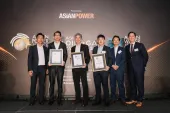

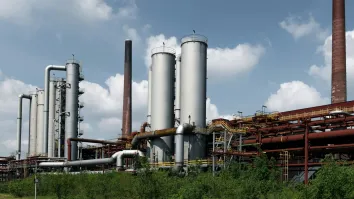
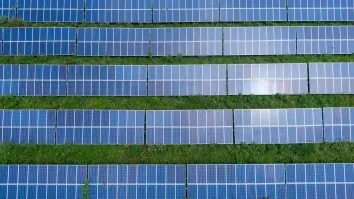

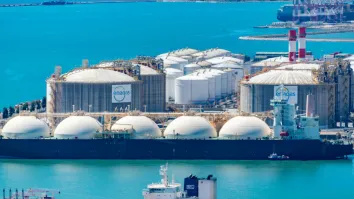












 Advertise
Advertise






